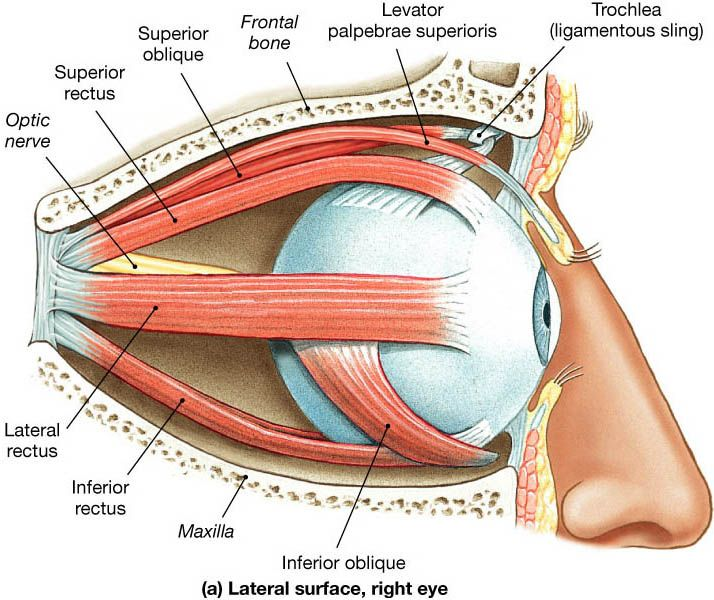There is increasing evidence that our eyes tend to shorten in length (front to back) as we age. Here's one study on the topic:
(Reduction in axial length with age: an emmetropizing mechanism for the adult eye? - PubMed)[https://pubmed.ncbi.nlm.nih.gov/3688185/]
This study shows that the eye grows larger, and longer front-to-back as we grow from 5 years old into adulthood, but then as we pass middle age, our eyes shorten in length (called axial length).

The age range on the x-axis is 5 to 55.
When the eye shortens, it becomes harder to focus at reading distance, and this can contribute to presbyopia (so-called "old eyes"). The usual cure is reading glasses.
How exactly does the eye shorten over time? Could this process be driven by the extraocular muscles?
For example, could the rectus muscles be involved? In theory, they can pull the eye back into its socket if they all contract together, compressing the eye lengthwise. Alternatively, it might be the oblique muscles, which when relaxed could theoretically allow the eye to shorten front-to-back. Or it could be a combination of these.

Reduction in axial length with age: an emmetropizing mechanism for the adult eye? - PubMed
